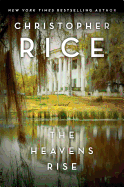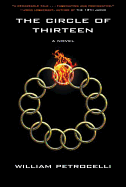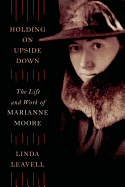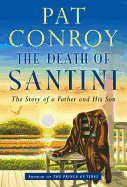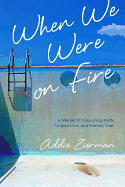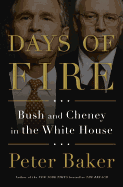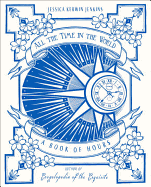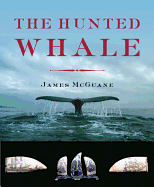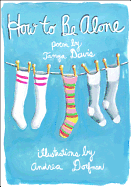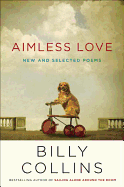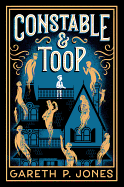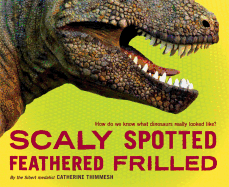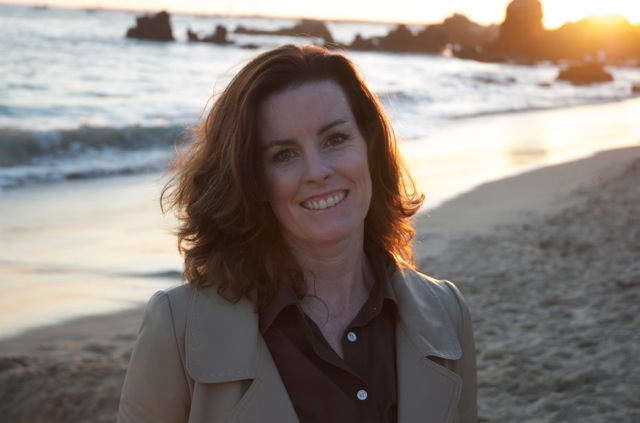 Victoria Patterson is the author of This Vacant Paradise, which was a 2011 New York Times Book Review Editors' Choice. Her work has appeared in various publications and journals, including the Los Angeles Times, Orange Coast Magazine, Alaska Quarterly Review and the Southern Review. She lives with her family in Southern California and teaches at Antioch University. Patterson's new book, The Peerless Four (Counterpoint), is a fictional account of Canada's women's track and field team at the Amsterdam Olympics in 1928--the first time women were allowed to compete in the sport.
Victoria Patterson is the author of This Vacant Paradise, which was a 2011 New York Times Book Review Editors' Choice. Her work has appeared in various publications and journals, including the Los Angeles Times, Orange Coast Magazine, Alaska Quarterly Review and the Southern Review. She lives with her family in Southern California and teaches at Antioch University. Patterson's new book, The Peerless Four (Counterpoint), is a fictional account of Canada's women's track and field team at the Amsterdam Olympics in 1928--the first time women were allowed to compete in the sport.
What sparked your interest in the first female Olympic athletes? And why the Canadian athletes?
I happened upon a graphic novel by David Collier about Ethel Catherwood, a Canadian high jumper, which led me to researching the 1928 Olympics in Amsterdam, where women were allowed to compete in five track and field events for the first time, on a trial basis.
Then I decided to read great sports literature to figure out what makes it so great, including Leonard Gardner's Fat City; Richard Ford's The Sportswriter; W.P. Kinsella's Shoeless Joe; H.G. Bissinger's Friday Night Lights; Chad Harbach's The Art of Fielding; Ben Fountain's Billy Lynn's Long Halftime Walk; Bernard Malamud's The Natural; David Halberstam's The Best American Sportswriting of the Century; David Foster Wallace's Infinite Jest--also his essays on tennis; Don DeLillo's End Zone and Underworld; and Norman Mailer's The Fight.
The more I read and researched, the more I realized that all the so-called classic sports novels, and most of the "best of" writing about sports, were by men and about men. How could I not write into this gaping hole? Also, the record of women in athletics is a story of underdog-status, sacrifice, loyalty, commitment, perseverance and innovation--all the qualities that I'd discovered make for a great sports narrative.
Though fictionalized, I felt it important to honor the women who inspired my novel by keeping their nationality.
Six women made up the track and field team. Why did you focus on four?
My characters are fictional creations--inspired by the six women but not the actual women. The best fiction, whether historical or not, produces a spell where the characters live.
My characters in The Peerless Four have become so real to me that now I have trouble distinguishing the "real" from the fictional. What did I make up? What really happened? I'm not so sure any more.
I know certain facts--for instance, that the javelin wasn't included in the five track and field events permissible for women in 1928. But for my purposes, I included the javelin anyway.
You tell their story through the eyes of their chaperone, Marybelle Ross. Why this perspective?
With her melancholic and searching outlook, Mel gave me my way in, an insider and an outsider. I saw her first while looking at old photographs of women's Olympic teams, and noticing, off to the side of one photo, a chaperone standing beside the athletes, not named in the caption. "That's my narrator," I thought, staring at the anonymous woman.
Did you struggle with any aspect of balancing the fact and fiction?
Hilary Mantel said, "Often, if you want to write about women in history, you have to distort history to do it, or substitute fantasy for facts; you have to pretend that individual women were more important than they were or that we know more about them than we do."
There wasn't much out there to draw on regarding these incredible athletes. More often than not, I had to create backstories and imagine their lives.
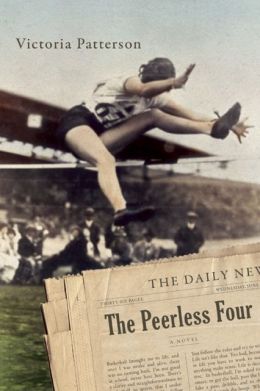 How, if at all, did the historical nature of The Peerless Four cause your process to differ from your first novel, This Vacant Paradise?
How, if at all, did the historical nature of The Peerless Four cause your process to differ from your first novel, This Vacant Paradise?
Robert Penn Warren, from his Paris Review interview, states:
"You see the world as best you can, and the events and books that are interesting to you should be interesting to you because you're a human being, not because you're trying to be a writer. Then those things might be of use to you as a writer later on. I don't believe in a schematic approach to material. The business of researching for a book strikes me as a sort of obscenity. What I mean is, researching for a book in the sense of trying to find a book to write. Once you are engaged by a subject, are in a book, have your idea, you may or may not want to do some investigating. But you ought to do it in the same spirit in which you'd take a walk in the evening air and think things over."
I really tried to keep Warren's statement in mind, since this was a departure for me, wandering into historical fiction. Drift and This Vacant Paradise were both set at the end of the 20th century in my fictionalized home-turf of Newport Beach, Calif.
Not only did I read, I watched sports movies and television programs, whether hokey or not, and documentaries. Nothing was off limits, whether it be Friday Night Lights (book, television series and movie), Personal Best or a biography of John McEnroe. After reading a few books on running, I began, much to my surprise, to jog in the late afternoons.
I spent over a year reading and researching, discovering how to enter my novel. When I had all the facts at hand, I had to distinguish how to present them in service of the story. I'd filled myself up--brimming with thoughts and ideas and questions--and it was time to try to make sense of it all. Finding my narrator Mel's voice was key.
Was there anything that really surprised you?
I was really inspired and surprised by all the women who have fought for my right to simply go for a jog, and how recent these gains have been made.
The most fascinating thing you learned?
The struggle to achieve equality has been a fight against an image of female participation in athletics as unnatural, immoral, harmful and disgusting. I was a bit naïve, growing up as I did with the freedoms and benefits of Title IX. For instance, I didn't know that not until 1981--thanks in no small part to Kathrine Switzer--did the International Olympic Committee vote to allow women to compete in marathons.
Was there anything you would have liked to include but wasn't right for the book?
At the end of the novel, I have a timeline of women in sports before 1928. Each one of these women has an incredible story, and for the most part, they've been ignored. They deserve better--they each deserve a novel.
While the women's struggles are obvious in your novel, what universal elements of sport and competition do you hope people see in your work?
The Peerless Four is also a meditation on sports, the relationship between women and men, winning and losing, and what it means to be alive.
Do you have a personal interest in sports of any kind? Participated in a competitive setting?
I understand now that I've always been fascinated by sports, and by how we react to sports, due, in no small part, to my family. I played tennis for many years. I wrote an essay at the Toast about my relationship to sports:
What's next for you?
I'm working on a novel inspired by the Haidl Three gang rape case that took place in Newport Beach in 2002. --Jen Forbus of Jen's Book Thoughts
Victoria Patterson: Honoring Women in Sports
 For many of us, trains are fascinating: cargo and passenger trains, subways, high-speed rail. The call of a train whistle--the rumbling, chugging sound--awakens the spirit and encourages the imagination to crisscross time and place. That's what inspired me to write In Transit, a woman-in-jeopardy novel published two years ago. It's the story of a misguided, rookie NYPD transit cop assigned to the labyrinthine New York City subway system and how, when she falls in love with the wrong man, her life derails.
For many of us, trains are fascinating: cargo and passenger trains, subways, high-speed rail. The call of a train whistle--the rumbling, chugging sound--awakens the spirit and encourages the imagination to crisscross time and place. That's what inspired me to write In Transit, a woman-in-jeopardy novel published two years ago. It's the story of a misguided, rookie NYPD transit cop assigned to the labyrinthine New York City subway system and how, when she falls in love with the wrong man, her life derails.


 Victoria Patterson
Victoria Patterson How, if at all, did the historical nature of The Peerless Four cause your process to differ from your first novel, This Vacant Paradise?
How, if at all, did the historical nature of The Peerless Four cause your process to differ from your first novel, This Vacant Paradise?